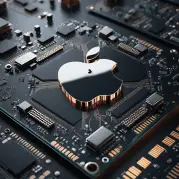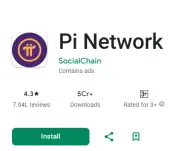
Does the Pi Network Really Provide Value in Real Life?
Imagine mining cryptocurrency on your phone without spending a fortune on hardware or electricity. Sounds like a dream, right? Enter the Pi Network—a mobile-first cryptocurrency that’s making waves among tech enthusiasts and skeptics alike. But does it really hold any real-life value, or is it just another digital fantasy? Let’s dig deeper.




























